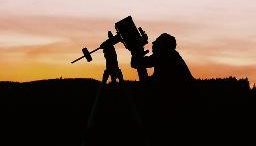Star Clusters: An Introduction
Star clusters are very large groups of stars. There are two types of star clusters can be distinguished by astronomers. The first type of star cluster is the globular cluster, which are tight groups of hundreds to millions…









